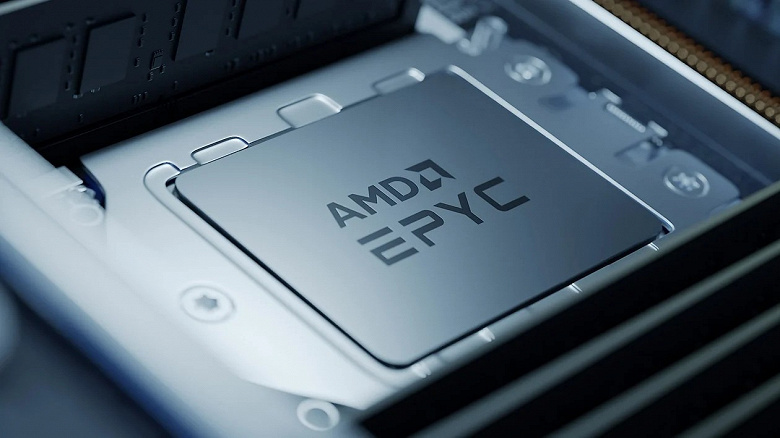AMD-Powered Frontier May Become First US Exascale Supercomputer Due to Intel’s 7nm Process Issues
Intel’s one-year delay in transition to 7nm process technology, which entails the postponement of the release of the Intel X e Ponte Vecchio GPU, calls into question the possibility of launching the exaflops supercomputer Aurora on schedule.
According to the schedule, Aurora, for which Ponte Vecchio is a key component, was to be installed at Argonne National Laboratory the following year. The Aurora system claimed to be the first exaflops supercomputer in the United States, although another powerful Frontier supercomputer was slated for delivery to Oak Ridge National Laboratory in 2021.

There are indications that Aurora delivery will actually be delayed, while the Frontier for Oak Ridge National Laboratory is on track, as is the Exascale Computing project, said Barb Helland, Associate Director of Science for Advanced Scientific Computing. research (ASCR) during the meeting of the Advisory Committee (ASCAC), held last week.
The Department of Energy’s Science Office was reluctant to provide additional information, although it said it was working closely with Intel on the matter. “ Yes, we have indications that the installation of the Aurora system will be delayed. But Argonne National Laboratory is currently working with Intel to mitigate the consequences not only for itself but also for the Exascale Computing Project, as well as for national users of high-performance computing, ”the department noted.
This is by no means the first delay in the release of Aurora. Originally conceived as a 180 Pflops supercomputer to be installed at Argonne National Laboratory in 2018, the Aurora project was then completely redesigned in 2017 to become the country’s first exascale system, with a planned launch in 2021.
It looks like the firstborn will be the Oak Ridge National Laboratory’s Frontier supercomputer. DOE is working with Oak Ridge, HPE, and AMD to break the 1.5 exaflops milestone (minimum peak) at the end of 2021. El Capitan system with 2 exaflops peak performance, developed using HPE and AMD technologies, to be supplied to Livermore National Laboratory. E. Lawrence in early 2023
All three exascale systems are based on the HPE Cray EX solution. It is also used in other powerful systems: Perlmutter (≃1 Eflops, installation in two stages in 2020-2021) and Crossroads (165 Pflops, 2022). Thus, after the acquisition of SGI, and then Cray, it becomes increasingly difficult for other supercomputer manufacturers to compete with HPE.
Related materials:









